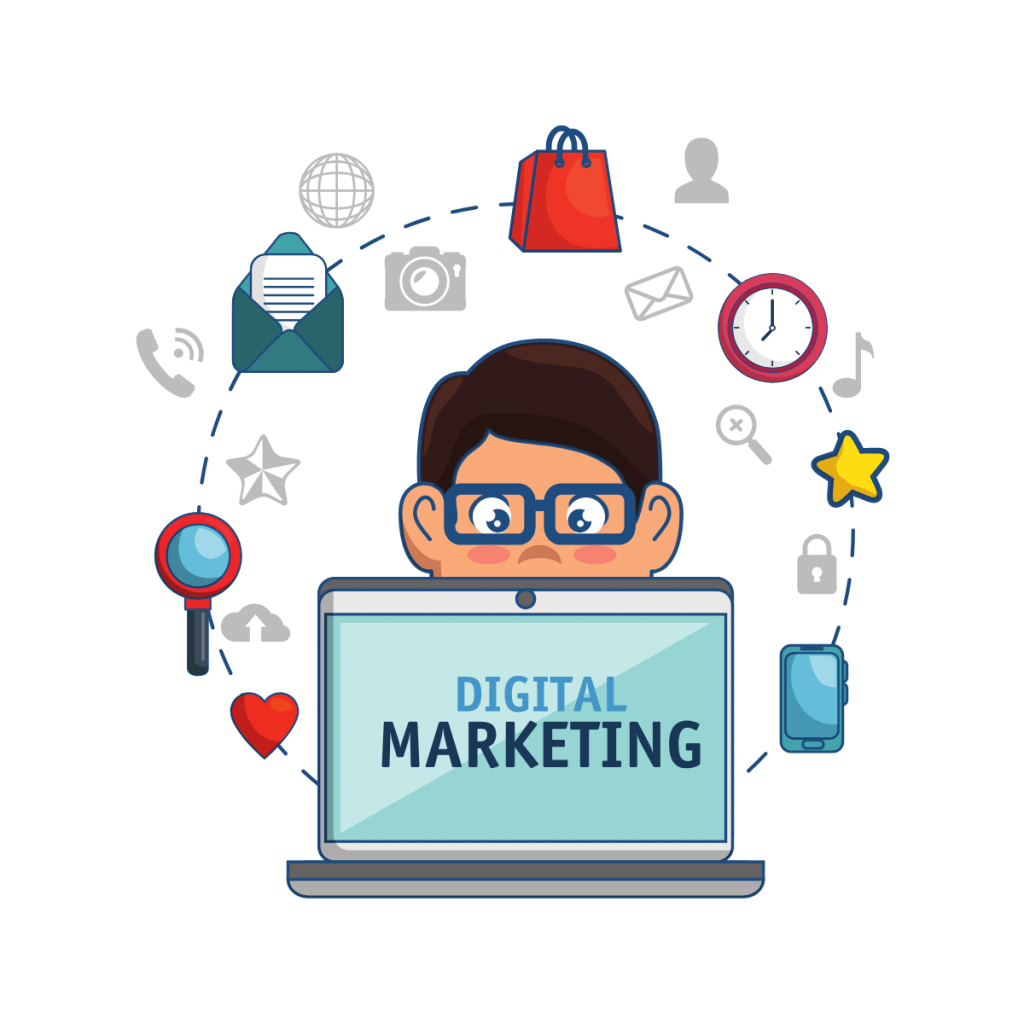In today’s digital age, email marketing remains one of the most powerful tools for businesses to connect with their audience. Despite the rise of social media and other marketing channels, emails still boast an impressive return on investment (ROI). Whether you’re a startup or an established brand, email marketing can help you build strong customer relationships, increase sales, and boost brand awareness. This article will dive deep into how you can turn every email into a valuable business tool to drive growth and success.
Why Email Marketing Matters
Email marketing is more than just sending promotional messages to your subscribers. It’s a strategic tool that helps businesses communicate effectively with their audience. The reason email marketing holds such power lies in its ability to target specific segments of your audience and deliver personalized messages directly to their inboxes.

According to recent studies, email marketing has a staggering ROI of 4200%, meaning for every $1 spent, businesses can expect an average return of $42. This highlights the importance of utilizing email marketing in your overall strategy. Now, let’s explore how you can leverage email marketing as a business tool.
Building a Solid Email List
A successful email marketing campaign starts with building a high-quality email list. The quality of your email list determines the success of your marketing efforts. Having a list of engaged and interested subscribers allows you to deliver messages that resonate with your audience.
Ways to Build an Email List
- Offer Value with Lead Magnets
A great way to encourage visitors to subscribe to your email list is by offering lead magnets. This could be an e-book, checklist, template, or any other valuable resource that aligns with your audience’s needs. By offering something of value in exchange for their email address, you can grow your list while giving your subscribers something useful. - Use Opt-In Forms
Strategically placed opt-in forms on your website, blog, and landing pages help capture visitors’ emails. Make sure these forms are easy to fill out and placed in high-traffic areas of your site. - Host Webinars and Online Events
Webinars and online events are excellent ways to collect emails while providing value to your audience. By offering insights or teaching skills in a particular area, you attract people who are genuinely interested in your offerings.
Segmentation for Better Targeting
Once you have a solid email list, the next step is segmentation. Not all your subscribers have the same interests, so sending the same generic email to everyone is less effective. Segmentation involves dividing your email list into different groups based on characteristics like demographics, past purchases, location, or behavior.
By segmenting your audience, you can send personalized emails that are more relevant to each group, leading to higher engagement rates. For example, sending a promotional offer to subscribers who have shown interest in a specific product increases the chances of conversions.
Crafting the Perfect Email
The effectiveness of your email marketing campaign depends heavily on how you craft your emails. A well-designed email with a clear message and strong call-to-action (CTA) can make all the difference in achieving your business objectives.
Key Elements of a Successful Email
- Compelling Subject Line
Your subject line is the first thing your audience will see, and it plays a crucial role in whether they open your email. A subject line that’s catchy, intriguing, and personalized can significantly improve your open rates. Keep it concise and avoid using all caps or too many exclamation points, as this can be seen as spammy. - Personalized Content
Personalization goes beyond using the subscriber’s name in the email. Tailoring the content based on the recipient’s preferences or past interactions with your business shows that you value them as individuals. Personalized emails tend to have higher engagement rates and can lead to more conversions. - Clear and Actionable CTA
Every email should have a clear call-to-action that guides the recipient on what to do next. Whether it’s making a purchase, signing up for a webinar, or downloading a free guide, the CTA should be specific, easy to follow, and visually appealing. Avoid cluttering your email with too many options, as it can overwhelm the reader. - Engaging Visuals
People are naturally drawn to visuals, so including high-quality images or graphics in your emails can make them more engaging. However, be mindful of the balance between visuals and text. Too many images can cause your email to be slow to load or appear unprofessional.
Email Design Best Practices
- Responsive Design: Ensure your emails are mobile-friendly. A significant portion of emails is opened on mobile devices, so it’s essential that your emails look good on all screen sizes.
- Simple Layout: Keep your layout clean and easy to read. Break up large blocks of text with headers and bullet points for better readability.
- Limit Text: Avoid overwhelming your readers with too much text. Focus on the key message you want to convey and keep it concise.
Automation: Save Time and Improve Efficiency
One of the greatest advantages of email marketing is automation. By automating your emails, you can save time while still delivering highly personalized content to your audience. With tools like Mailchimp, ConvertKit, or ActiveCampaign, you can set up automated email sequences that run on their own.

Types of Automated Emails to Use
- Welcome Emails
Send an automatic welcome email as soon as someone subscribes to your list. This email should introduce your brand and set expectations for what kind of content they can expect from your future emails. - Abandoned Cart Emails
If a customer adds products to their cart but doesn’t complete the purchase, sending an abandoned cart email is a great way to remind them of the items they left behind and encourage them to finalize the transaction. - Follow-Up Emails
After a customer makes a purchase, follow-up emails can help ensure their satisfaction and encourage repeat purchases. You can also use this opportunity to cross-sell or up-sell relevant products. - Re-engagement Emails
If a subscriber hasn’t interacted with your emails in a while, a re-engagement email can help rekindle their interest. Offer a discount or exclusive content to encourage them to return to your site or make a purchase.
Benefits of Email Automation
- Time-Saving: Once set up, automated emails run on their own, allowing you to focus on other areas of your business.
- Consistency: Automated emails ensure that your subscribers receive timely messages without you having to manually send each one.
- Better Customer Experience: Sending relevant emails based on user behavior creates a more personalized experience for your subscribers, leading to better engagement.
Analyzing Your Email Campaigns
The key to improving your email marketing strategy is data analysis. By tracking metrics such as open rates, click-through rates (CTR), conversion rates, and bounce rates, you can determine what’s working and what’s not.
Key Metrics to Track
- Open Rate: This shows how many people opened your email. A low open rate could indicate issues with your subject line or timing.
- Click-Through Rate: This measures how many people clicked on links in your email. A low CTR could suggest that your email content or CTA isn’t compelling enough.
- Conversion Rate: This tells you how many recipients took the desired action, whether it’s making a purchase or signing up for an event.
- Bounce Rate: A high bounce rate means that your emails aren’t reaching their intended recipients, possibly due to invalid email addresses or deliverability issues.
By regularly monitoring these metrics, you can continuously refine your email marketing strategy to drive better results.
Conclusion
Email marketing is far more than just a communication tool; it’s a business asset that can drive growth, build stronger customer relationships, and increase sales. By building a high-quality email list, crafting engaging emails, automating your campaigns, and analyzing your results, you can turn every email into a valuable business tool that helps you achieve your business goals. Start implementing these strategies today to harness the full potential of email marketing and take your business to new heights.

Leave a Reply